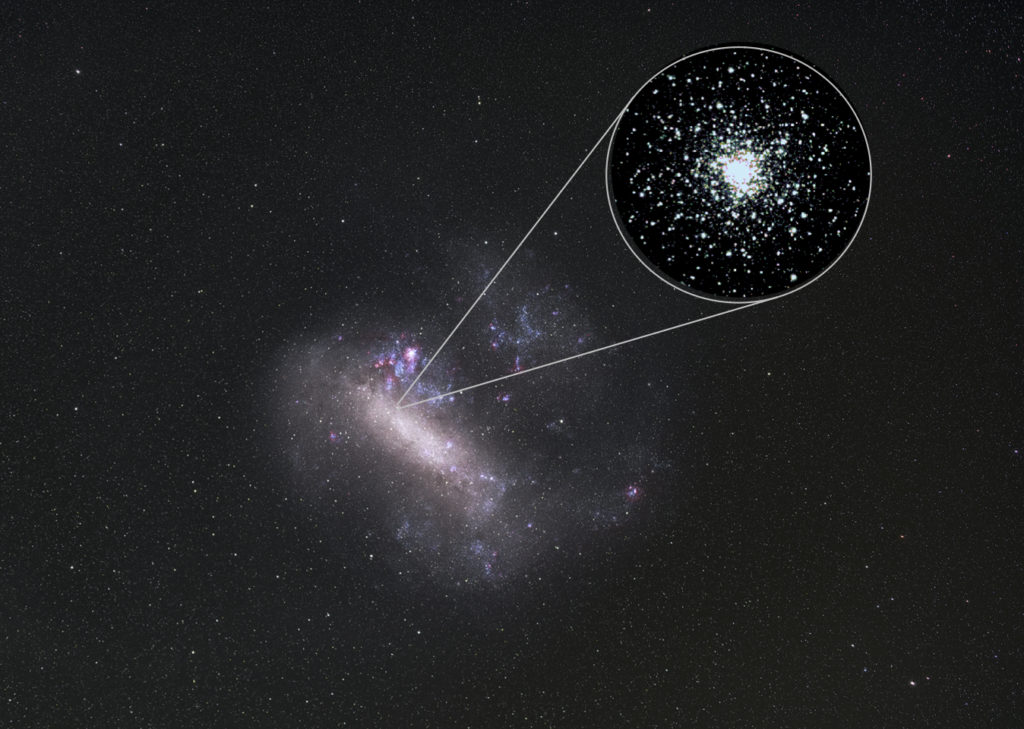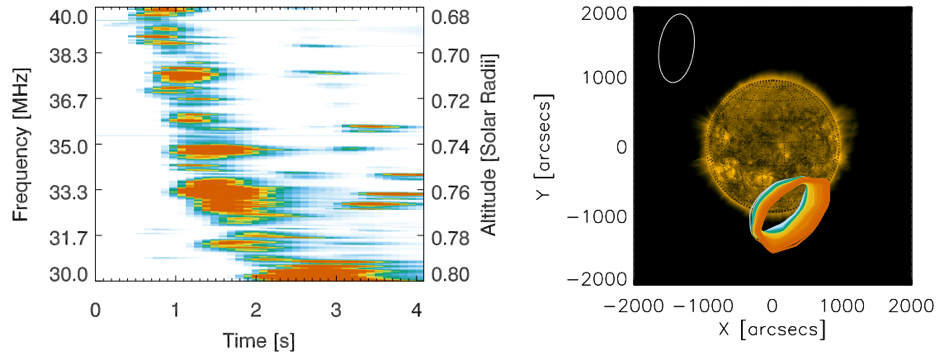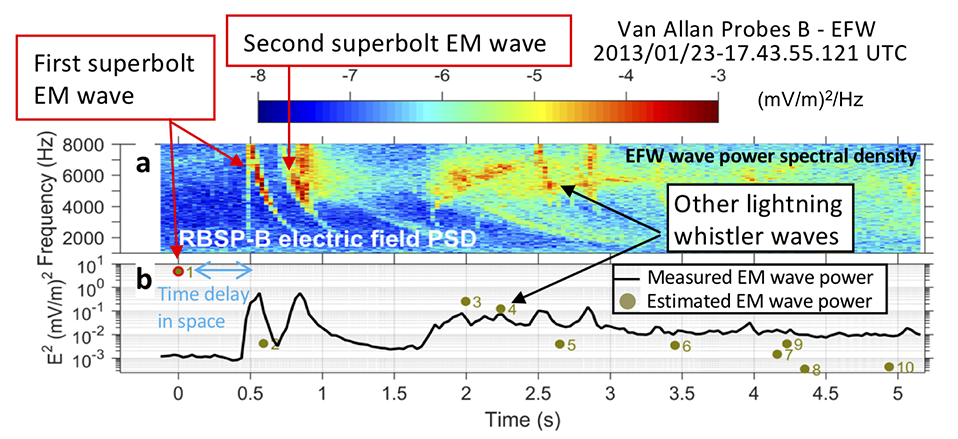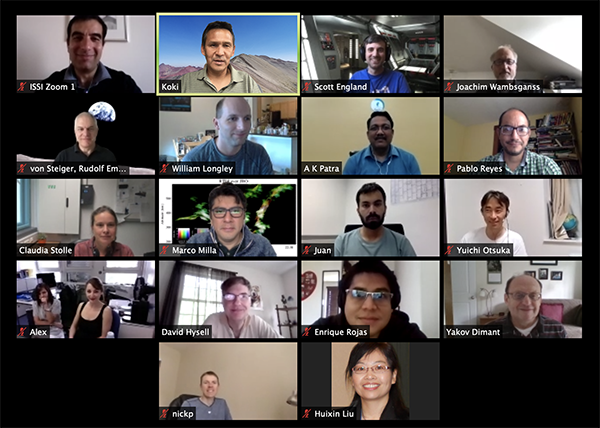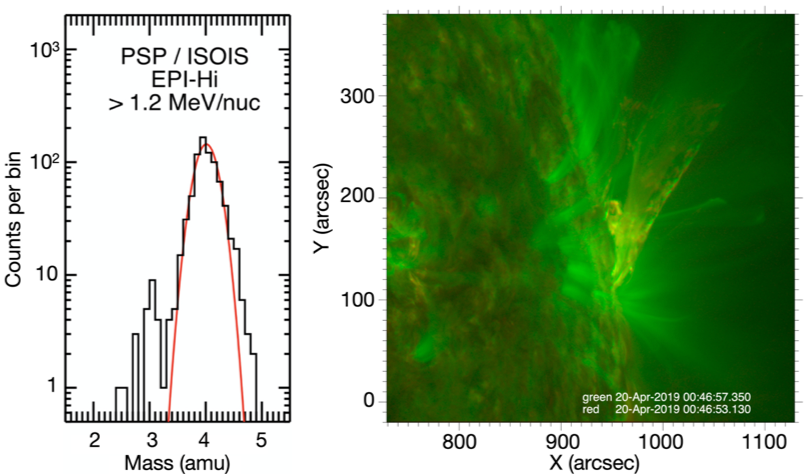Report from the ISSI Team #535 “Unraveling Surges: a joint perspective from numerical models, observations, and machine learning” led by D. Nóbrega-Siverio
A numerical experiment – performed by Daniel Nóbrega Siverio and Fernando Moreno Insertis – has shown for the first time how one of the most abundant structures in the solar atmosphere, the Coronal Bright Points, can be formed, acquire energy, and be disrupted through the action of solar granulation.
When the Sun is observed from space with X-ray or extreme ultraviolet detectors, its atmosphere is seen to be full of roundish bright points with sizes similar to our planet Earth. These Coronal Bright Points (CBPs) are found to be consisted of sets of bright magnetic arcs that confine very hot plasma and emit enormous amounts of energy for hours and even days, typically disappearing after a series of eruptive phenomena.
So far, the existing CBP models have been very idealized, missing crucial aspects of the physics of the Sun such as the energization of the magnetic structures by means of the solar granules and the radiative transfer to explain the coldest solar atmospheric layers. In a paper recently published in the journal Astrophysical Journal Letters, Daniel Nóbrega Siverio and Fernando Moreno Insertis have studied the CBPs using a state-of-the-art numerical code, the Bifrost code, that allows these astrophysicists to model the Sun with the necessary realism to include convective and radiative processes that fundamentally influence the heating of the solar atmosphere.
The two researchers demonstrate for the first time that the action of solar granulation on a magnetic structure of the type expected in many CBPs gives rise to hot and bright arcs, thus being able to explain different features observed with solar space missions for decades. In addition, in the paper, the authors show how new magnetic flux brought from the solar interior to the surface by the granular convective motions even in small scales is enough to destabilize and disrupt the CBP topology, leading to cool ejections (surges) and hot collimated ejections (coronal jets) as frequently detected in observations at the end of the CBP lifetime. The article also includes predictions about the cold regions underneath a CBP and about the small-scale structure that have not yet been approached from an observational point of view. These predictions will require very high-resolution data, such as those from the Swedish 1-m Solar Telescope (SST, in La Palma) and those from the recent Solar Orbiter space mission, in order to be confirmed.
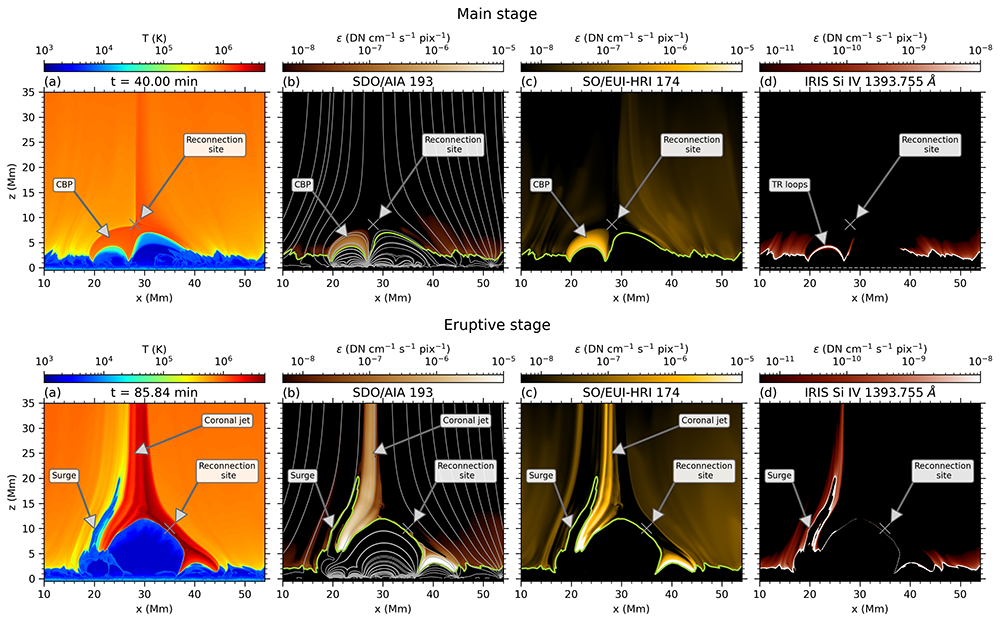
The numerical experiment of this work has required thousands of hours of calculation in two of the most advanced supercomputing facilities in the world: Betzy (in Norway) and MareNostrum (in Spain). The work is also included within the project: “Unraveling Surges: a joint perspective from numerical models, observations, and machine learning”, this ISSI Team is devoted to analyze the cool chromospheric ejections commonly associated with eruptive phenomena in the Sun.
Reference
Nóbrega-Siverio, D. and Moreno-Insertis, F.: “A 2D Model for Coronal Bright Points: Association with Spicules, UV Bursts, Surges, and EUV Coronal Jets”, 2022, ApJL,
DOI: https://doi.org/10.3847/2041-8213/ac85b6 (Open Access)
Contact:
Daniel Nóbrega Siverio, Email:

